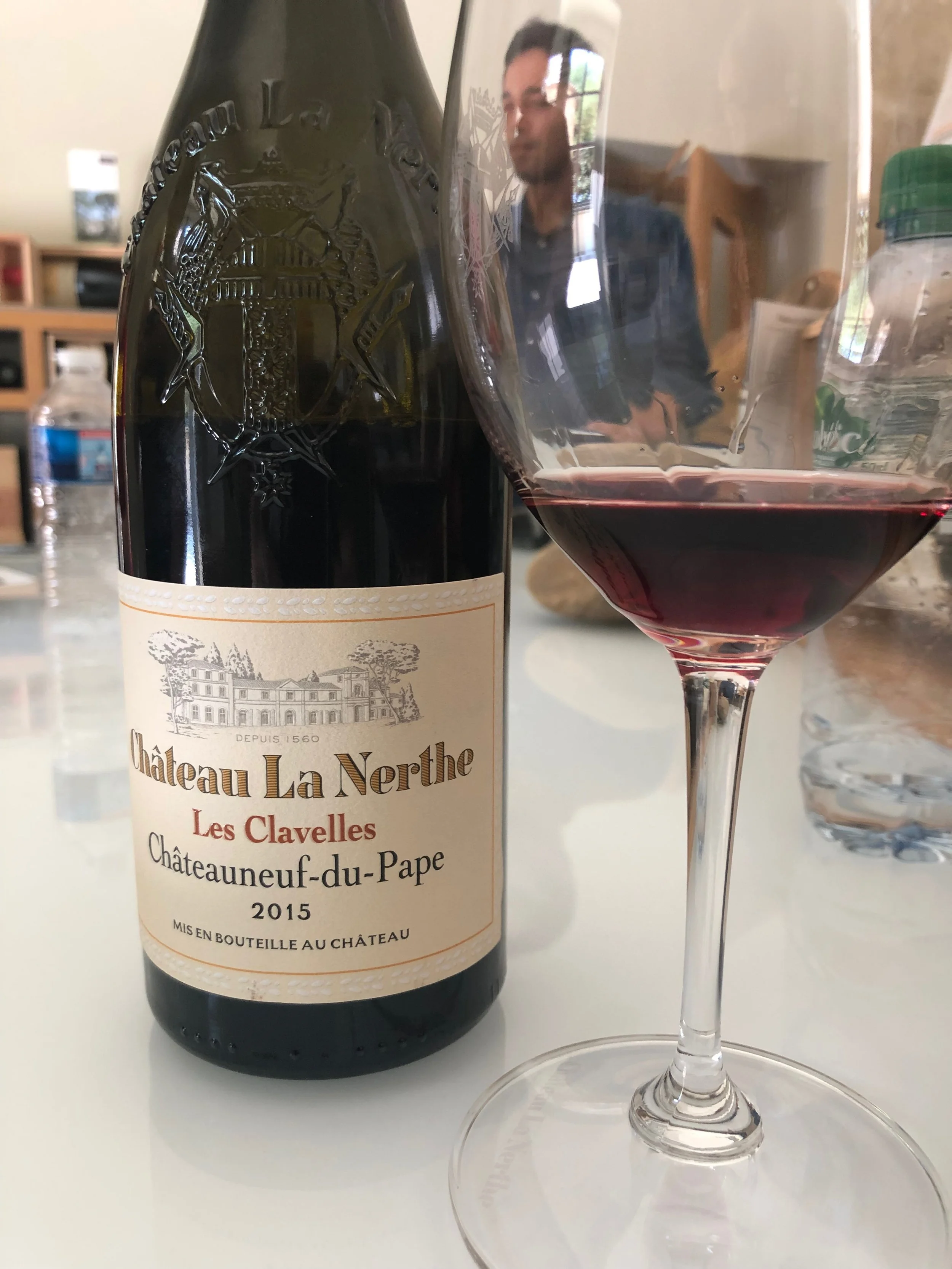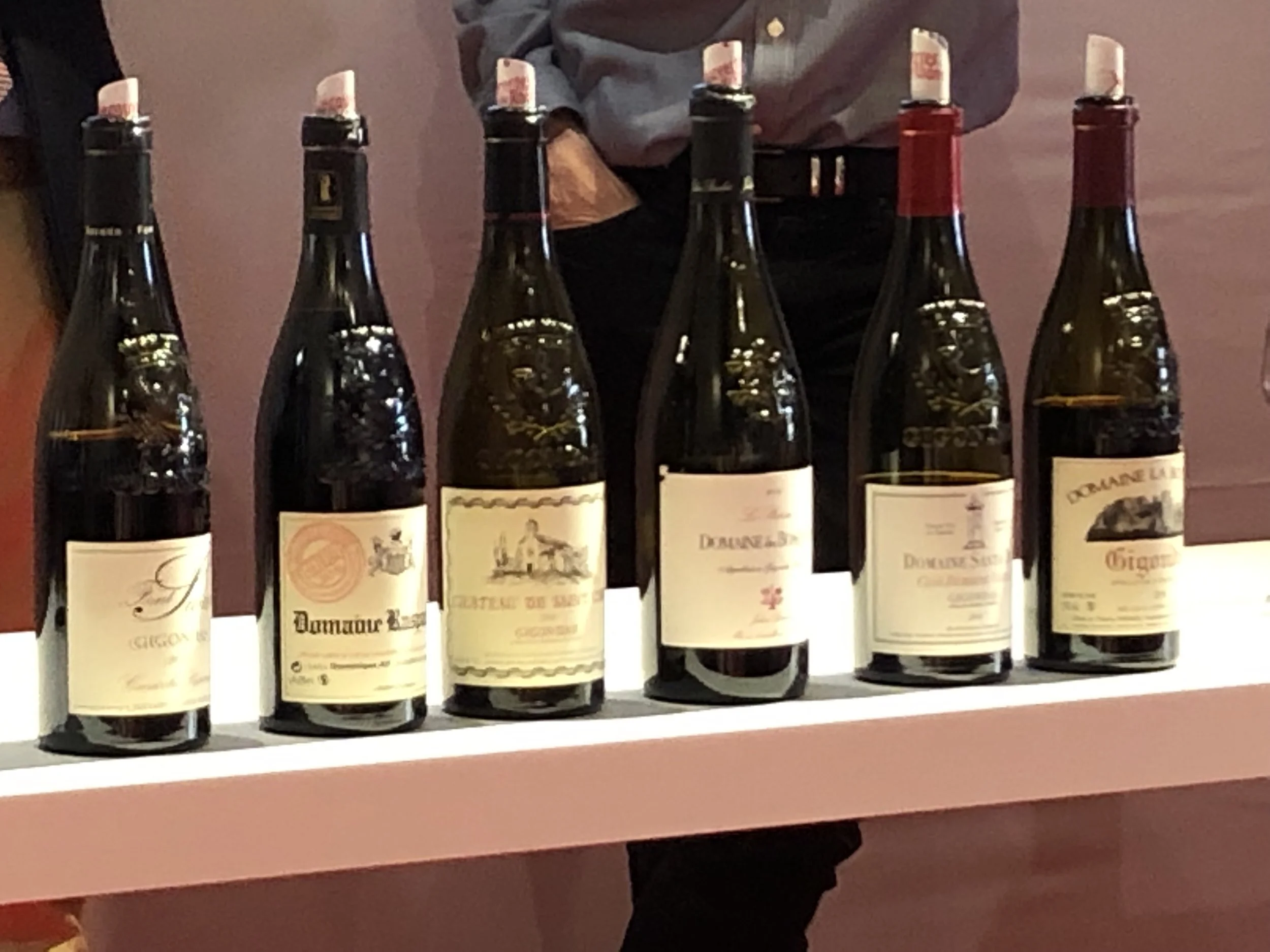The Times, May 3 2019, 5:00pm
Michel Roux Jr is not in agreement with the two sommeliers at the table. They’re all perching on a humongous leather sofa in a photo studio in northwest London. Each has before them two glasses. One – they don’t know which – contains a splash of 2017 Far Niente, a highly regarded chardonnay from California’s Napa Valley that retails for £85 a bottle.
The other glass contains what you might call a homage or, less charitably, a knock-off – a pirate wine created by a team of renegade vintners who have analysed the molecular composition of the Far Niente and used their laboratory breakdown to create what they hope is a high-quality, low-cost copy.
The facsimile wine, called Retrofit, sells for $20 (£15) in the States, but is not available in Europe. Its makers argue that consumers pay too much for decent plonk, that a handful of producers effectively have a stranglehold on the market and that the veil needs to be lifted on how the wine industry really operates.
Our blind tasting soon suggests that they have a point. Roux, who runs the two-star Le Gavroche in Mayfair, thinks that glass No 2 contains the Far Niente – but he’d rather drink a glass of No 1.
Alexandra Badoi, sommelier at Meraki, an upmarket Greek restaurant in Fitzrovia, disagrees. No 1 is the better wine, she says, with more body and biscuityness – so surely it’s the original?
Monica Galetti, the MasterChef judge, and her sommelier husband, David, run the high-end restaurant Mere in Bloomsbury.
With its creaminess and its pineapple and its superior complexity, structure and density, No 1 is the original, says David.
“They’re very close,” Monica murmurs as she sips each in turn and then chooses No 2.
She’s not sure that she approves of the ethics of the people who make Retrofit. Exploiting somebody else’s hard work is bad form, she says. “But I think they’re going to have a great time confusing the public.”
They certainly foxed our sommeliers: both thought the copy was the real Far Niente.
----------
Four thousand miles away, in Denver, Colorado, I imagine Ari Walker chuckling to himself. Walker is the man behind Replica Wines, the outfit that produces Retrofit and a stable of other copycats. He’ll insist that he gains no satisfaction out of embarrassing professional wine tasters, something that he achieves on a fairly frequent basis. “But we do deliver the flavours that consumers already love, at a fraction of the price.”
Ari WalkerMORGAN RACHEL LEVY
His company is part of a nascent trend in what you might call “molecular” wine and spirits manufacturing. It’s based on the notion that a convincing replica of any beverage can be concocted from scratch.
The San Francisco company Endless West makes a “molecular whiskey” called Glyph. It’s a blend of alcohol and additives, synthesised entirely in a lab and designed to taste (in order to appeal to a wide market) like inoffensive, middle-of-the-road whiskey.
The idea came after one of the company’s founders, Mardonn Chua, took a tour of Napa Valley wineries and saw a bottle of 1973 Chateau Montelena chardonnay on display.
In 1976 this had been the vintage that had won the famous “Judgment of Paris” blind tasting – a shootout between US and French wines that put the Americans, for the first time, at the top of the world rankings.
There are only a few bottles left and they fetch astronomical prices. It was a shame, Chua thought as he gazed at one of them locked away in a plexiglass case, that nobody would get to taste it.
On the bus ride home, he decided that perhaps they could. He could make any wine, he reasoned, down to the last molecule, without grapes. Alec Lee, Endless West’s CEO, sketches out the rationale for me. “If you take away the history and the marketing and all that, it’s a collection of molecules, mostly water and alcohols and sugars and acids,” he says.
“I have a lab. If I can figure out what each of these molecules is, I should be able to quantify them,” he continues. “If I can source each one of them independently, I should be able to mix them back together again, like the pixels of a photograph.”
The process, he argues, has the potential to be more efficient, by orders of magnitude, than traditional distilling and winemaking. Years of cellaring could be sidestepped. Carbon dioxide emissions and the use of land, water and pesticides might be slashed.
Ari Walker is less of a molecular fundamentalist. He doesn’t argue that a wine can be duplicated with perfect accuracy. Instead, he is in the business of “improving” cheap base wine in the science lab. “We’re not trying to hit a bullet with a bullet,” he says. But he’s betting that if he can get 90 per cent of the way to a famous label and sell the result for, say, 30 per cent of the price, then customers will snap it up.
----------
Walker stumbled into the wine industry. He took a job at a wholesaler when he left college at 22 (he’s now 46), because his wife was pregnant and he needed an income. He soon became beguiled; wine-and-food pairings started to infiltrate his dreams.
In 2001 he started his own import and distribution business with Kevin Hicks, an internet entrepreneur. Their first attempt to create their own affordable wines fell flat – too many competitors. It wasn’t until 2012 that Walker had his epiphany, via baby food.
Technician Joanna Jarosz in Walker’s labMORGAN RACHEL LEVY
Hicks, who was on the cusp of fatherhood, had begun to ask what, precisely, was in the organic purees that he and his wife were planning to feed their newborn. He sent samples to a laboratory to be analysed. The bills quickly mounted – $1,500 per analysis – so he decided to build his own lab.
He ploughed millions into equipment for the venture, which he called Ellipse Analytics. It was soon providing breakdowns of products – everything from sunscreens to bodybuilder diet supplements – for industrial clients. Walker quickly spotted the potential for wine.
----------
Today, it’s likely that Walker possesses the largest library of molecular reports on individual vintages. The scientists at Ellipse have broken down the composition of thousands from around the world.

























